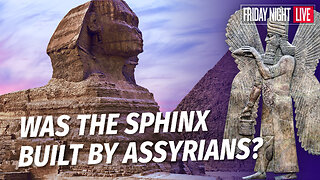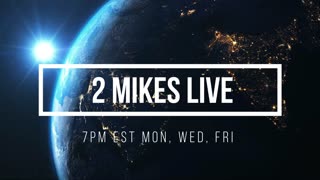“TRUE STORIES OF SKINWALKERS AND SHAPESHIFTERS”
In the Navajo language, yee naaldlooshii translates to "by means of it, it goes on all fours". While perhaps the most common variety seen in horror fiction by non-Navajo people, the yee naaldlooshii is one of several varieties of skin-walkers in Navajo culture; specifically, they are a type of 'ánti'įhnii.
Navajo witches, including skin-walkers, represent the antithesis of Navajo cultural values. While community healers and cultural workers are known as medicine men and women, or by other positive terms in the community's Indigenous language, witches are seen as evil, performing harmful ceremonies and manipulative magic in a perversion of the good works medicine people traditionally perform. In order to practice their good works, traditional healers may learn about both good and evil magic, in order to protect against evil. But people who choose to become witches are seen as corrupt.
The legend of the skin-walkers is not well understood outside of Navajo culture, both due to reluctance to discuss the subject with outsiders, as well as what Cherokee Nation academic Adrienne Keene says is a lack of the necessary cultural context the stories are embedded within. Traditional Navajo people are reluctant to reveal skin-walker lore to non-Navajos, or to discuss it at all among those they do not trust. Keene, founder of the website Native Appropriations, has written in response to non-Navajos incorporating the legends into their writing (and specifically the impact when J. K. Rowling did so) that when this is done, "We as Native people are now opened up to a barrage of questions about these beliefs and traditions...but these are not things that need or should be discussed by outsiders. At all. I'm sorry if that seems 'unfair', but that's how our cultures survive."
-
 LIVE
LIVE
Edge of Wonder
4 hours agoThe Sphinx Was Built by Assyrians? 1890s Newspaper Confirms Origin of Pyramids
776 watching -
 LIVE
LIVE
2 MIKES LIVE
2 hours ago2 MIKES LIVE #99 OPEN MIKE FRIDAY!
652 watching -
 1:39:02
1:39:02
Isabel Brown
5 hours agoI got MARRIED (!!) & My HUSBAND & I Answer Your Questions | Isabel Brown LIVE
42.6K16 -
 1:58:57
1:58:57
Revenge of the Cis
5 hours agoEpisode 1359: Flip A Coin
42.6K21 -
 1:03:02
1:03:02
In The Litter Box w/ Jewels & Catturd
23 hours agoTicket No One Voted For | In the Litter Box w/ Jewels & Catturd – Ep. 618 – 8/2/2024
59.5K63 -
 1:03:46
1:03:46
Twins Pod
1 day ago5 Child PREDATORS Caught Every Week! | Twins Pod - Episode 24 - Alex Rosen
82.3K38 -
 8:18:40
8:18:40
Tommy's Podcast
9 hours agoE504: Fever Stream
58K1 -
 6:47
6:47
barstoolsports
11 hours agoOffice Employees Compete in Intense Cup Stacking Competition - Barstool Office Games Ep 4
52.7K1 -
 1:25:37
1:25:37
The Quartering
9 hours agoHow To Make Sure Trump Wins (Legally) With Ron Coleman! & Other News
80.6K96 -
 1:06:34
1:06:34
Hometalk
1 day agoThe BRILLIANT new way people are updating their old washing machines
60.2K11